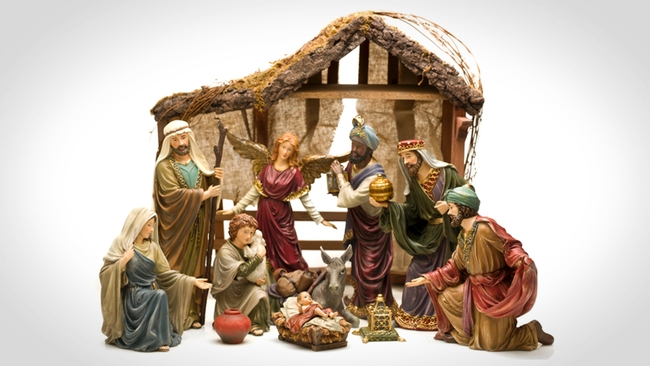
Though Santa permeates the holiday season for all nationalities in the U.S., in Hispanic households you are likely to see a Nativity scene displayed in homes along with a jolly, old fellow and stockings adorning chimneys. Besides cookies and milk for Santa, Hispanic families might also leave water and fresh grass for camels as children await Three Kings Day, or “El Día de los Reyes,” which is celebrated on January 6.
All retailers would benefit by marketing to Latinos whose Christmas season extends into the first week of January. Mintel 2010 holiday shopping research shows that Hispanics outrank other consumer groups in their levels of holiday participation. The Christmas season means more gift buying for Latinos since they tend to have on average more children than non-Hispanic families and large extended families. Consider these unique points:
- There are more people living in Hispanic households, 3.4 vs. 2.5
- More children live in the Hispanic home, 53 percent vs. 31 percent
- The median age for Hispanic homes is 28, compared to 40
And when comparing buying patterns, Hispanic women over-index in many key categories such as beauty, apparel and groceries compared with the total population. Latinas hold the household purse strings – they have more people to shop for, especially during the Christmas season. Electronics also play a big part in the way Hispanics live in the U.S. by being able to connect to family in their country of origin on Smartphones, land lines and computers. All lines will be buzzing starting on Christmas Eve or “Noche Buena,” when most Latinos begin to celebrate leading to Christmas at midnight, rather than reserving festivities for Christmas morning.
Much like Thanksgiving, for Hispanics, Christmas Eve will be brimming with bountiful tables filled with either sweet-smelling tamales or hallacas, roasted “lechon” (pork), “jamon” (ham) and perhaps “coquito” – a creamy Puerto Rican coconut variation of eggnog made with spices and rum – to name just a few. Traditional “musica naideña” or “villancicos” (carols) will fill homes in combination with better-known U.S. Christmas carols.
With more children born to Hispanics in the U.S. each year and continuous immigration to the U.S., the Latino influence on trends, traditions and shopping habits is the new American reality.
The Christmas season is a time to connect with family both near and far and to celebrate culture and tradition.
Source: Univision Insights Blog, Celebrating Christmas and Latino cultural traditions, by Graciela Eleta, December 19, 2011.